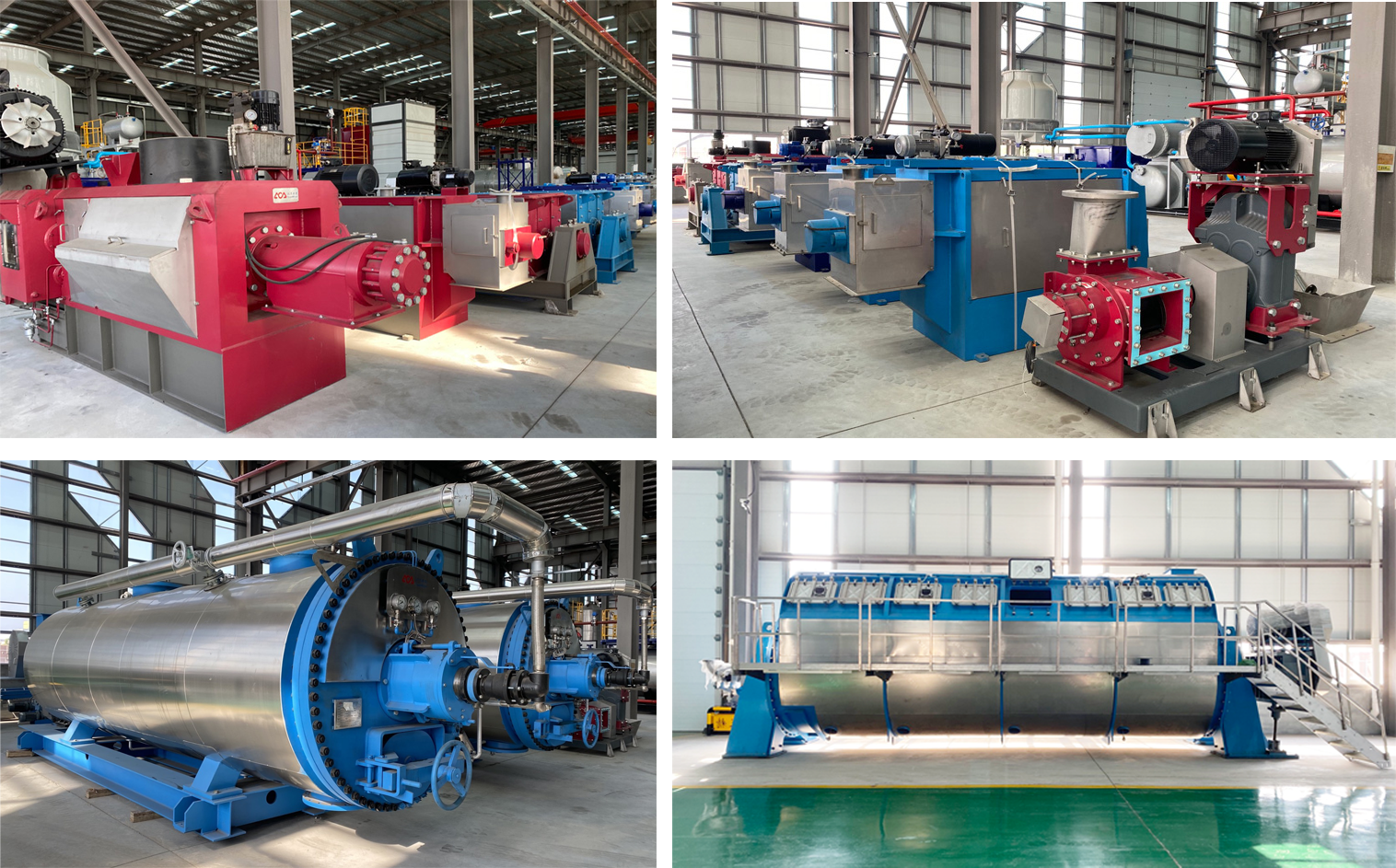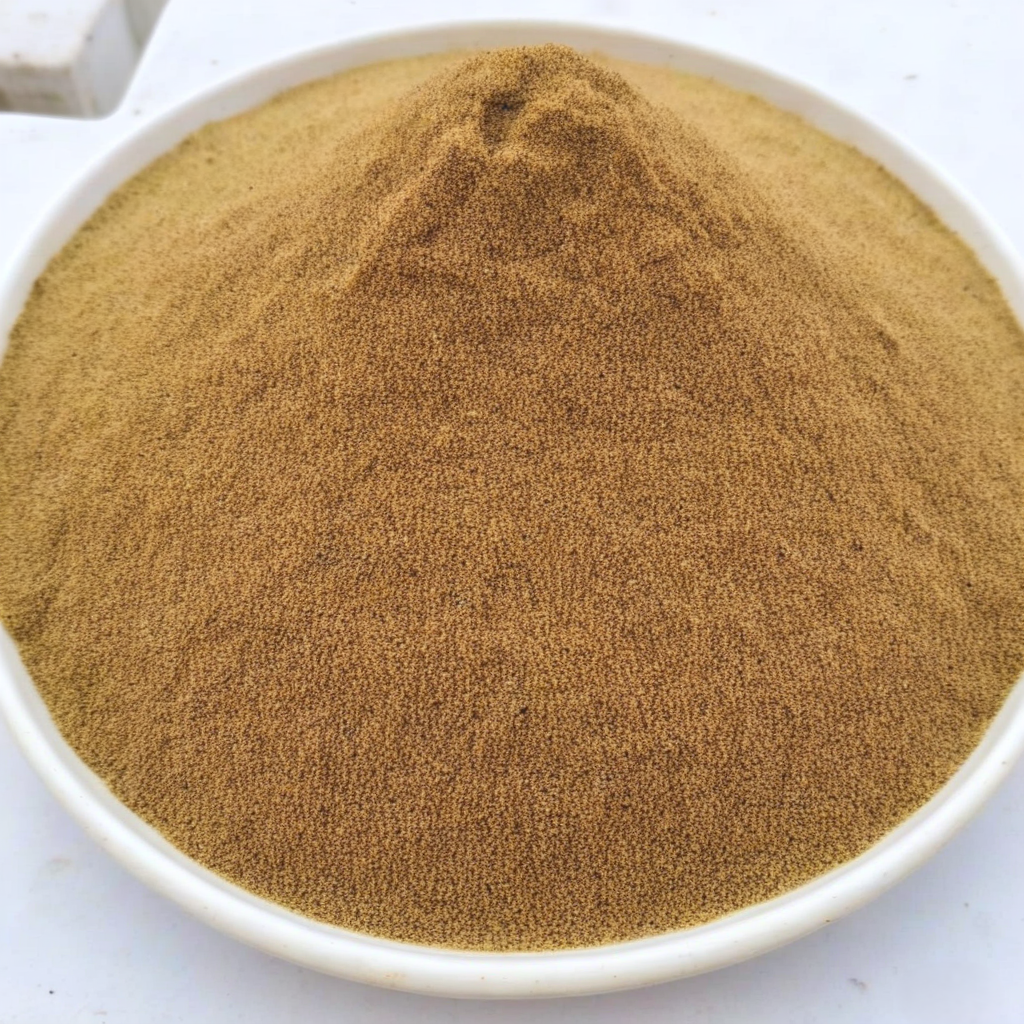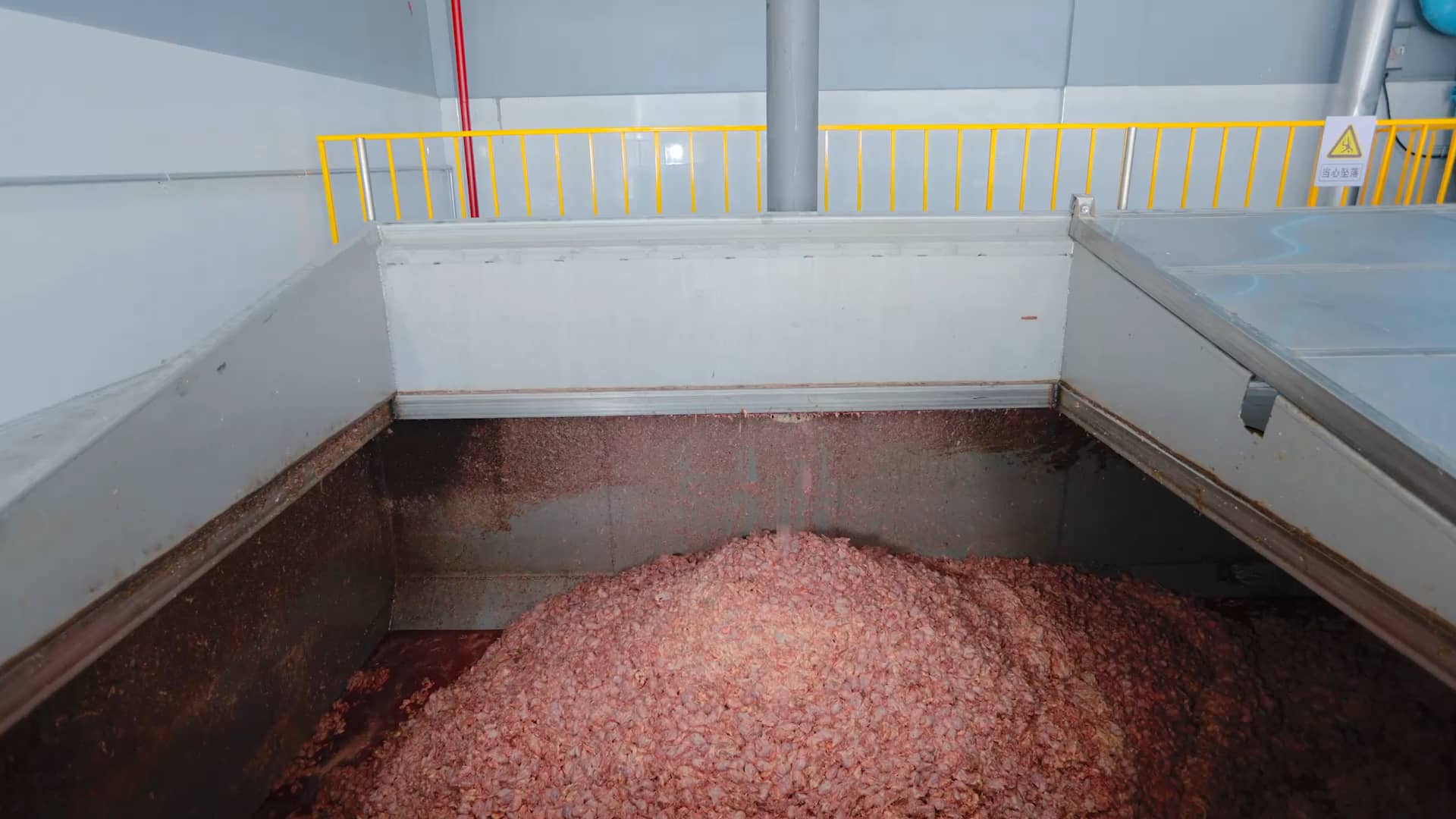
The Causes And Solutions For Rendering Equipment Odor
The Causes And Solutions For Rendering Equipment Odor
Rendering Equipment Odor Treatment – the Problem
A rendering plant is a facility that specializes in the processing of slaughterhouse waste. The waste is collected from slaughterhouses, restaurants, grocery stores, and other sources and delivered to the rendering plant by truck. The problem with rendering equipment odor is that it doesn’t just affect the people who work in and around it, but also everyone who lives nearby.
The smell of rendering equipment is caused by the breakdown of protein during the rendering process. The main source of this odor is the sulfur compounds in the protein, which are released when the fat is heated up to a high temperature. These are then carried away by the wind and released into the air.
Odors are generated by the degreasing, washing, and oiling of equipment. These odors can be absorbed by concrete flooring, reinforcing steel, walls, and other surfaces.
Rendering Equipment Odor Treatment- the Causes
Rendering equipment odor treatment is a serious issue for the rendering industry. It’s also an issue for the environment. There are a number of causes for rendering plant odor. These include:
- 1. The raw material of the harmless chemical plant itself has a very strong smell, and the waste gas generated in the production and processing process is the main source of the odor. Improper treatment of the waste gas will cause serious environmental pollution, so we need to use Sunrise equipment to collect the waste gas and then deal with it to meet the emission standards.
- 2. The quality of raw materials used in making tallow, oleo, and stearin. If the temperature of the raw material coming into the plant is too low, it will not melt properly and will leave residues in the rendering tank. This can cause odors and clogs in pipes and pumps.
- 3. Improperly designed or maintained equipment can lead to odors as well as other problems such as flies and mice infestations.
- 4. A lack of cleaning and maintenance programs can result in poorly maintained equipment that does not work properly or efficiently enough to produce products with consistent quality control standards.
Rendering Equipment Odor Treatment – the Solution
Most rendering plants are aware of the odor problem they have and are looking for a solution. Most rendering plants use some type of odor treatment system today, but they have not been able to eliminate the odor problem.
Some rendering plants have installed a carbon adsorption system on their exhaust stack. This is a great way to capture most of the odors from your exhaust stack, but it does not reduce or eliminate the odors coming from your raw material and equipment. Other rendering plants use air scrubbers, which work well for reducing odors coming from the exhaust stack, but can’t be used in conjunction with an air conditioning system because it would cause condensation problems in your building.
There are several different options when it comes to rendering equipment odor treatment. The most common method is using carbon filters. These are used in almost all industrial settings, including rendering plants, where they can remove odors from the air. They’re also the most cost-effective solution and don’t require much upkeep or maintenance.
A second option is an ozone generator. This equipment produces ozone gas, which is then pumped into your processing room or plant to eliminate odors on contact. Ozone generators work great for removing moldy smells or other strong odors quickly. However, they do need maintenance and service every now and then, which can be costly over time.
Finally, there may be times when you want something more permanent than just a filter or generator – like an entire system designed specifically for rendering equipment odor control. A good example of this would be using a biofilter system that uses microbes to break down waste products and convert them into less harmful compounds.
Sunrise Machine with Advanced Technologies to Help you Control or Eliminate Rendering Odor
The rendering process is used to convert animal by-products into usable products such as tallow, grease, and protein meal. The process can be an effective way of recycling materials that are not easily composted or disposed of in the municipal waste stream. However, it can also produce foul odors that are offensive to neighbors, create nuisances and pose health concerns.
Sunrise helps you control or eliminate foul odors during rendering with a series of purification treatments such as the Ionization Tower. The equipment uses high-voltage electrodes to generate high-voltage electric fields. The molecular chains of organic substances in waste gas are shocked by high-voltage electric energy in the high-voltage electric field, and their molecular structures are completely destroyed, thus becoming charged particles.
At the same time, the ozone generated in this process is used for oxidation to achieve the purpose of waste removal and purification. The ionization process converts these noxious gases into non-odorous molecules which are then safely released into the air.
Rendering Equipment Odor Treatment – Some Common Mistakes
Odor control is a major concern in rendering plant operations. Rendering plants can produce a variety of odors, including ammonia, hydrogen sulfide, and methyl mercaptan. The most common odor control mistakes are:
1. Not understanding the process
Failing to understand how odors are created in the rendering process will lead to ineffective odor control. For example, if you only use wet scrubbers on your exhaust stack without considering how odors are created in the rendering process, you may be wasting your time and money.
2. Not using proper equipment
The type of equipment used for odor control depends on what type of odors are being generated. Wet scrubbers and thermal oxidizers are commonly used for gaseous emissions, while activated carbon adsorbers and biofilters are used for liquid emissions. Therefore, it’s important to know which type of equipment will work best for your operations.
3. Lack of maintenance
Odor control systems require regular maintenance in order to operate effectively. If maintenance isn’t performed regularly and properly, then it won’t be able to remove all odors from your plant’s exhaust stack.
Conclusion
If you are finding advanced odor control systems, Sunrise rendering odor treatment is the best solution for you. The company provides you with the best odor control solutions that can eliminate odors from your rendering plants. You will get high-quality services from Sunrise and it is also very affordable.



